Art World
See the 10 Biggest Museum Acquisitions of 2017
From Louvre Abu Dhabi snagging 'Salvator Mundi' to the Native American art heading to the Met, here are the year's top 10 museum acquisitions.
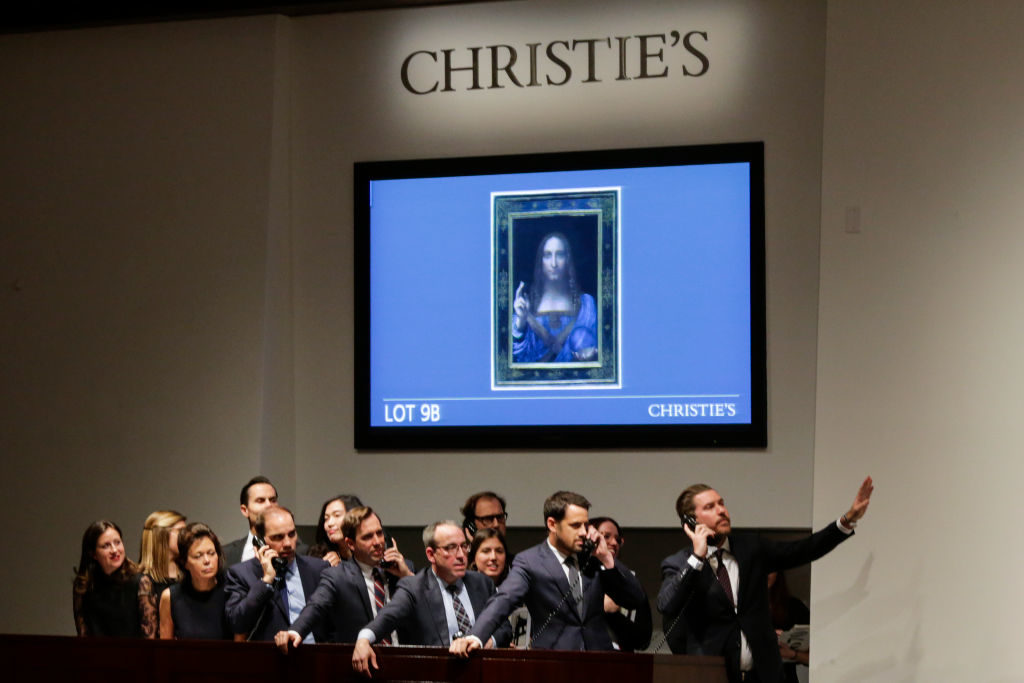
From Louvre Abu Dhabi snagging 'Salvator Mundi' to the Native American art heading to the Met, here are the year's top 10 museum acquisitions.

Naomi Rea &
Kate Brown

This power year in the art world peaked with Christie’s historic showstopper auction, as Leonardo da Vinci’s Salvator Mundi sold for $450 million to a mysterious buyer, who has since turned out (after some confusion) to be the Abu Dhabi Department of Culture and Tourism, which acquired it for the Louvre Abu Dhabi. Elsewhere, the year saw a growing (and certainly, long overdue) interest from American museums in Aboriginal, Asian, and Native American art, with museums like the Metropolitan Museum of Art and others seeking to bolster their collections’ diversity, some for the first time.
Check out our picks for 2017’s 10 biggest museum acquisitions.
What: Native American art
Where: The Metropolitan Museum of Art, New York City, New York
When: April
The Met was gifted 91 works of Native American art by Charles and Valerie Diker, whose collection, built over 40 years, is the largest and most comprehensive of its kind in private hands. The donated works come from between the 2nd and early 20th century and are by artists from culturally distinct traditions across North America. They will be housed in the Met’s American Wing from fall 2018, with the goal that the museum might tell a broader story of American creativity. Native American art, along with Latin American and Modern and contemporary art, are top acquisition priorities for the museum at the moment. The acquisition includes work by the Hopi-Tewa potter Nampeyo and the Washoe artist Louisa Keyser, as well as an early 20th century dance mask made by a Yup’ik artist from Alaska.
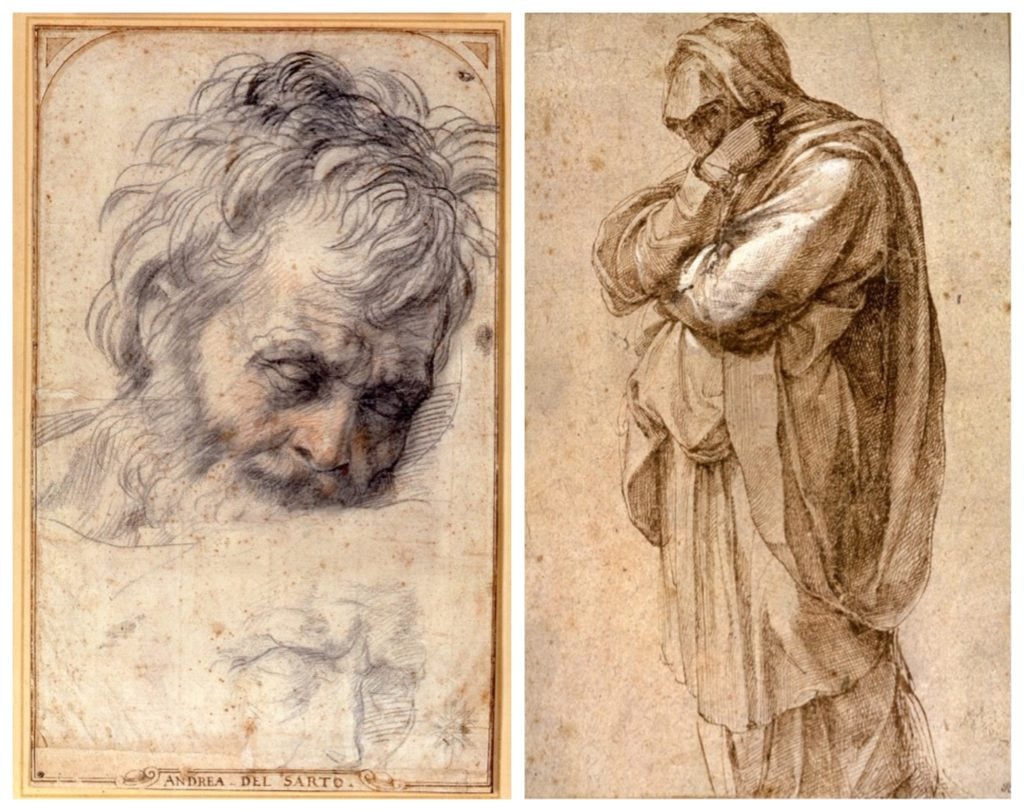
L: Andrea del Sarto’s Head of Saint Joseph (c.1526–1527). R: Michelangelo’s Study of a Mourning Woman (c.01500–1505). Images courtesy of the J. Paul Getty Museum.
What: Old Master drawings and an 18th-century painting
Where: The J. Paul Getty Museum, Los Angeles, California
When: July
Sixteen drawings by Michelangelo, Lorenzo de Credi, Andrea del Sarto, Parmigianino, Rubens, Barocci, Goya, Degas, and others, as well as a “lost” painting by Antoine Watteau called La Surprise, were purchased by the Getty in July. It is thought that they were bought for over $100 million from a British private collection, given that the Watteau last sold at Christie’s London in 2008 for $24 million, the Michelangelo went for $7.7 million in 2001 and del Sarto’s Head of Saint Joseph, sold for $11.4 million in 2005, according to the artnet Price Database.
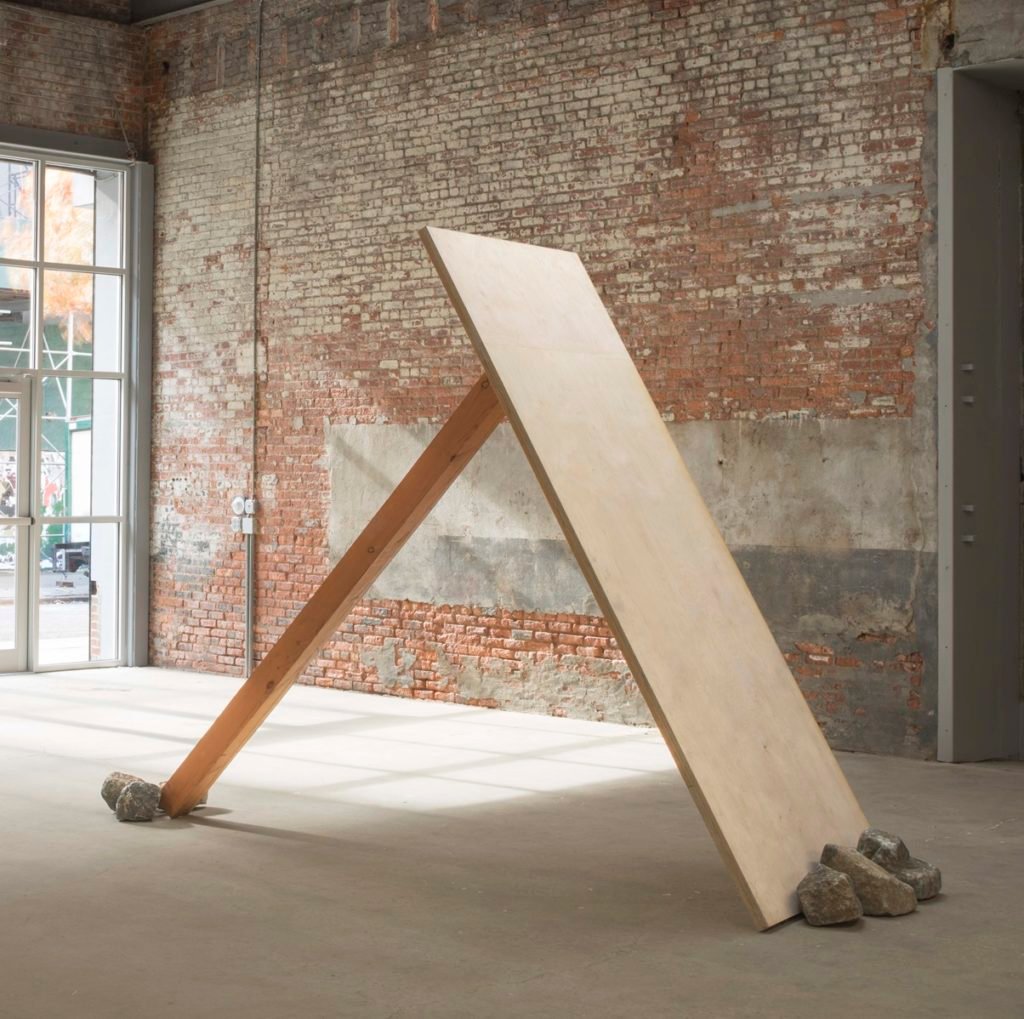
Kishio Suga, Diagonal Phase (1969/2012). © Kishio Suga. Photo: Bill Jacobson Studio. Courtesy Dia Art Foundation, New York.
What: Work by Lee Ufan and Kishio Suga
Where: Dia Art Foundation, New York City
When: July
Also this summer, the Dia Art Foundation purchased eight notable works by key Mono-ha artists Lee Ufan and Kishio Suga, in a bid to expand its collection of art from the 1960s and 70s while also growing its non-Western art holdings. The works went for an undisclosed sum, but according to the artnet Price Database, Lee Ufan’s top auction price is $2.2 million, and Suga’s is just over $115,000, set at Mallet Japan earlier this year.
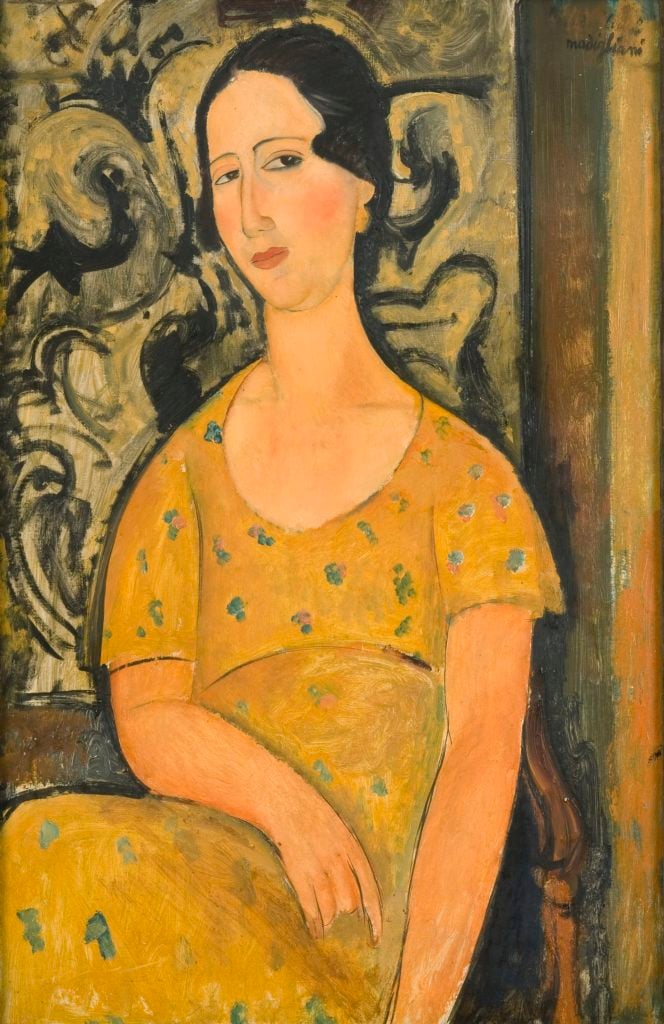
Amedeo Modigliani, Woman in a Yellow Dress (The Beautiful Spanish Woman), (1918). Collezione Fondazione Francesco Federico Cerruti per l’Arte long-term loan to Castello di Rivoli Museo d’Arte Contemporanea, Rivoli-Torino.
What: The Cerruti collection
Where: Castello di Rivoli, Turin, Italy
When: July
This trove of 300 masterpieces dating from the Middle Ages to the 20th century was bequeathed to the museum by the industrial bookbinder Francisco Federico Cerutti, who left the entirety of his $570 million collection to a foundation, requesting it be loaned to the nearest museum, the Castello di Rivoli. The legendary collection, a well-kept secret in Cerruti’s lifetime, includes work by Francis Bacon, Pablo Picasso, Wassily Kandinsky, and Amedeo Modigliani, as well as Pontormo, Pierre-Auguste Renoir, René Magritte, and Andy Warhol, to name just a few.
The 300 artworks as well as antique furnishings and rare books will be accommodated in the Cerruti villa, which will be operated as an annex to the Castello, and is expected to open to the public in January 2019.
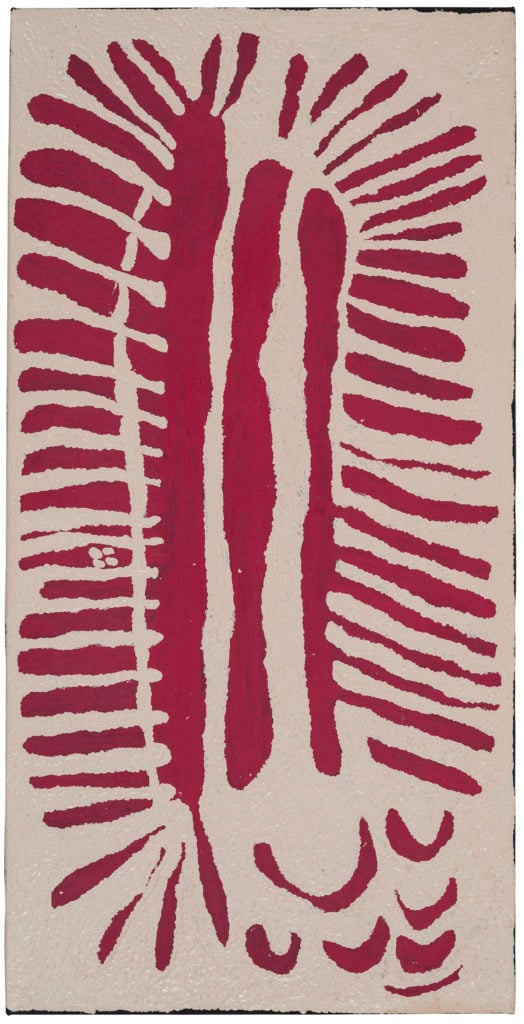
Wintjiya Napaltjarri, Women’s Ceremonies at Watanuma (2012).
What: Aboriginal artworks
Where: The Metropolitan Museum of Art, the Frost Art Museum, and the Nevada Museum of Art
When: October
Two hundred works by Aboriginal artists were donated to various American museums by Art Center/South Florida director Dennis Scholl and his wife Debra, who have been collecting Aboriginal art for over a decade. The gift includes work by Paddy Bedford, Warlimpirrnga Tjapaltjarri, Nonggirrnga Marawili, and Gulumbu Yunupingu.
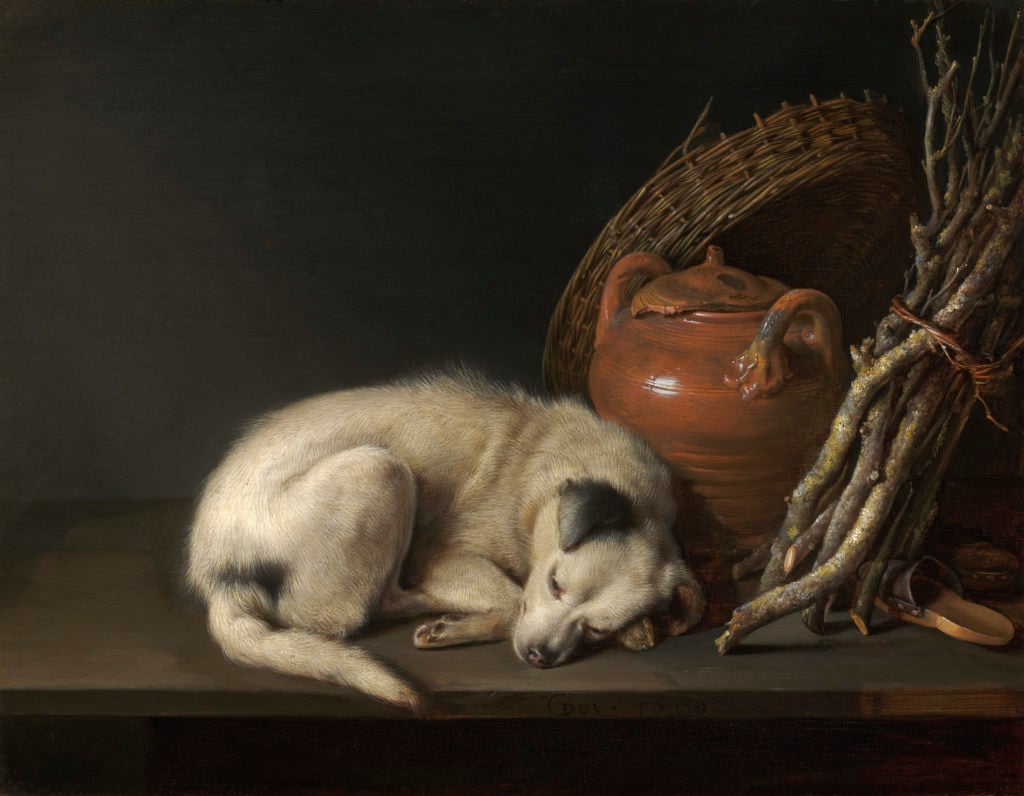
Gerrit Dou, Dog at Rest (1650). Photo: Rose-Marie and Eijk van Otterloo Collection, Courtesy Museum of Fine Arts, Boston.
What: Dutch Golden-Age works
Where: The Museum of Fine Arts, Boston, Massachusetts
When: October
MFA Boston was gifted 113 works by 76 Dutch and Flemish artists by two Boston-area collector couples, Rose-Marie and Eijk van Otterloo and Susan and Matthew Weatherbie. The massive gift almost doubles the museum’s holdings of Dutch Golden-Age paintings, and includes work by Rembrandt, Rubens, Anthony van Dyck, and Jan Brueghel the Elder, among others.
The benefactors are committed to furthering the study of European art in America and to that end, the gift comes with a caveat that 85 percent of the collection must always be on view. Additionally, the MFA has been endowed with funds to establish a dedicated center for Netherlandish Art, which is scheduled to open in 2020, the first of its kind in the States.
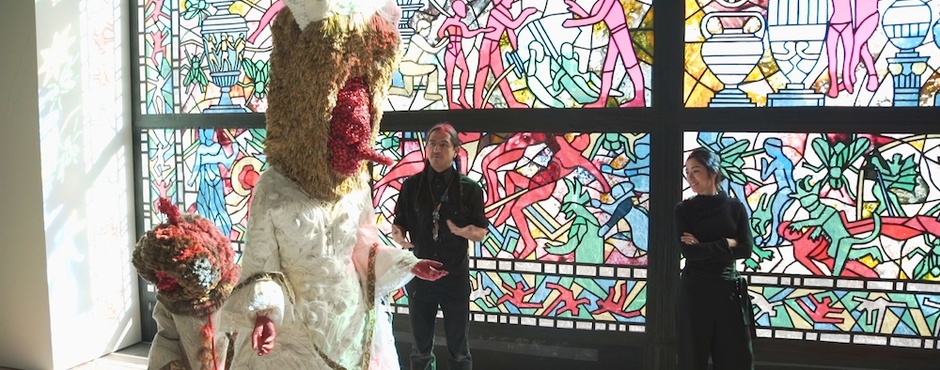
Raúl de Nieves and Mia Locks with his work at the Whitney Biennial. Courtesy of the Kitchen.
What: Works from the 2017 Whitney Biennial
Where: The Whitney Museum of American Art, New York City, New York
When: November
To mark the occasion of the first biennial in the new building, there was a windfall of donations and trustee gifts, and the Whitney was able to acquire 32 works from the 2017 biennial, including installations by Samara Golden and Raúl de Nieves, Henry Taylor’s portrait of Philando Castile, Celeste Dupuy-Spencer, Shara Hughes, Carrie Moyer, Puppies Puppies, and Jessie Reeves.
What: Dodge Collection
Where: Zimmerli Art Museum, New Jersey, New York
When: November
In November, collector Nancy Ruyle Dodge gave Rutgers University its largest gift ever, a whopping 17,000 works of Soviet nonconformist art that is estimated to be worth around $34 million. The gift went to the school’s Jane Voorhees Zimmerli Art Museum, and includes artwork produced from the 1950s throughout the USSR by 1,000 artists, including Vitaly Komar and Alexander Melamid. Some of the newly donated work has already been on show and more will be featured in the museum’s programming in future.
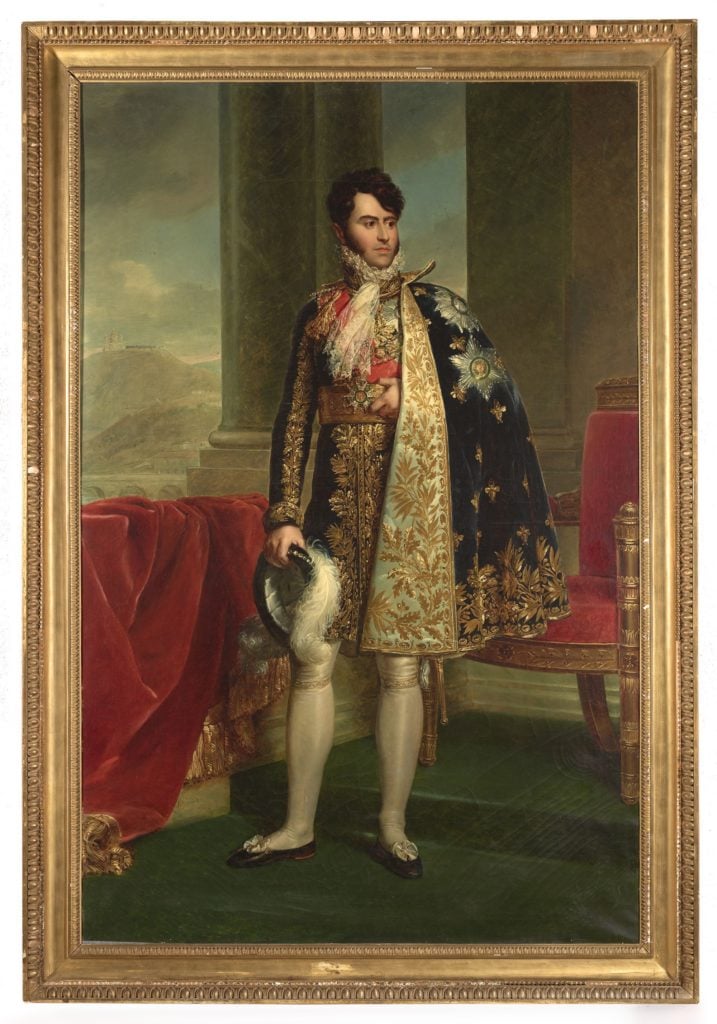
François-Pascal-Simon Gérard, Prince Camille Borghèse (ca.1810). Photo: courtesy The Frick Collection, New York.
What: A full-length portrait of Prince Camillo Borghese by François Gérard
Where: The Frick Collection, New York City, New York
When: December
This year, the highly discerning acquisitions board at the Frick Collection made their first purchase since 1991, scooping up a single portrait by François Gérard, a French artist who made several portraits of Napoleon throughout his life. The newly acquired work, which goes on view next October, is a towering, seven-foot-tall portrait of Napoleon’s brother-in-law, Prince Camillo Borghese. It is the only known portrait of the aristocrat, who himself was a patron of the arts. What makes this work even more special and worthy of the highly selective museum collection is the fact that the work hasn’t undergone any restoration since it was first completed around 1810. It was purchased from a London-based dealer for an undisclosed price.
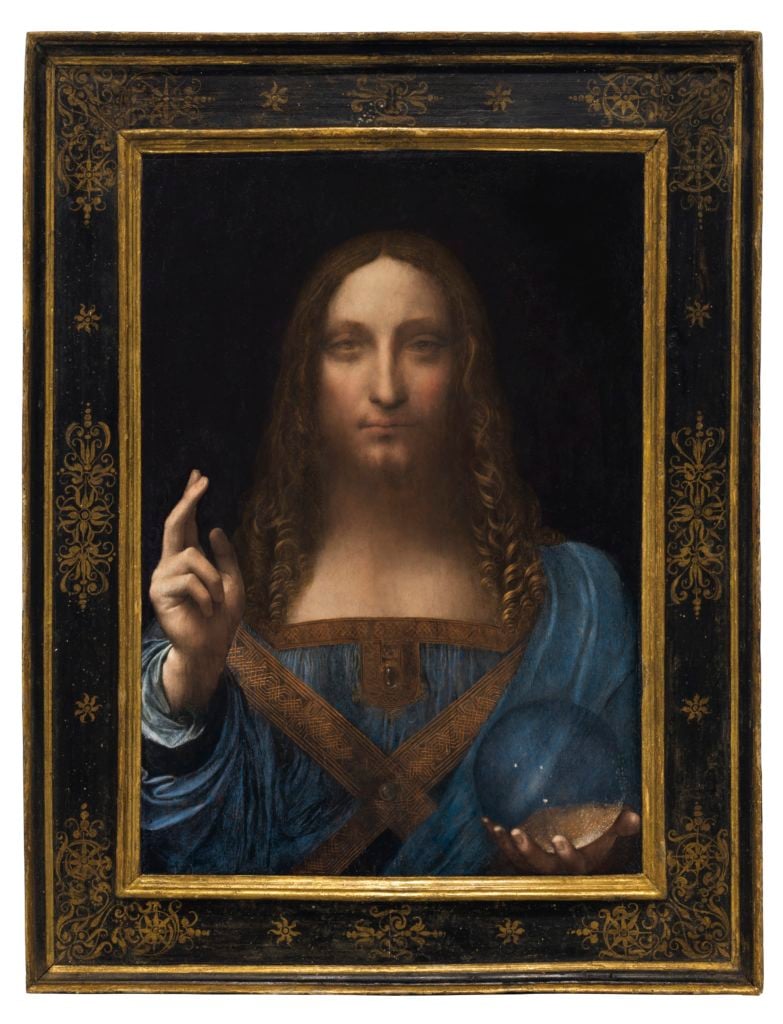
Leonardo da Vinci’s Salvator Mundi. Courtesy of Christie’s Images Ltd. 2017.
What: Salvator Mundi
Where: Louvre Abu Dhabi, Abu Dhabi, UAE
When: December
The phenomenal rediscovery, restoration, auction and sale of Leonardo da Vinci’s Salvator Mundi was, without a doubt, the biggest acquisition of the year. Not only did it sell for the staggering amount of $450 million, but the small and precious painting is also finding its new home at the Louvre Abu Dhabi, a $1 billion dollar undertaking 10 years in the making, which also opened this fall. It’s a perfect narrative (the Mona Lisa is housed at the Louvre Paris) that was met with some skepticism by notable figures in the art world. Nevertheless, after the hammer dropped, yet another flurry of media frenzy arose in determining the identity of the mysterious buyer, as The New York Times and The Washington Post published contradictory names, before the Louvre Abu Dhabi stated that it was acquired by Department of Culture and Tourism. Many, however, remain adamant that the true buyer of the work was Saudi Arabian Crown Prince Mohammed Bin Salman.